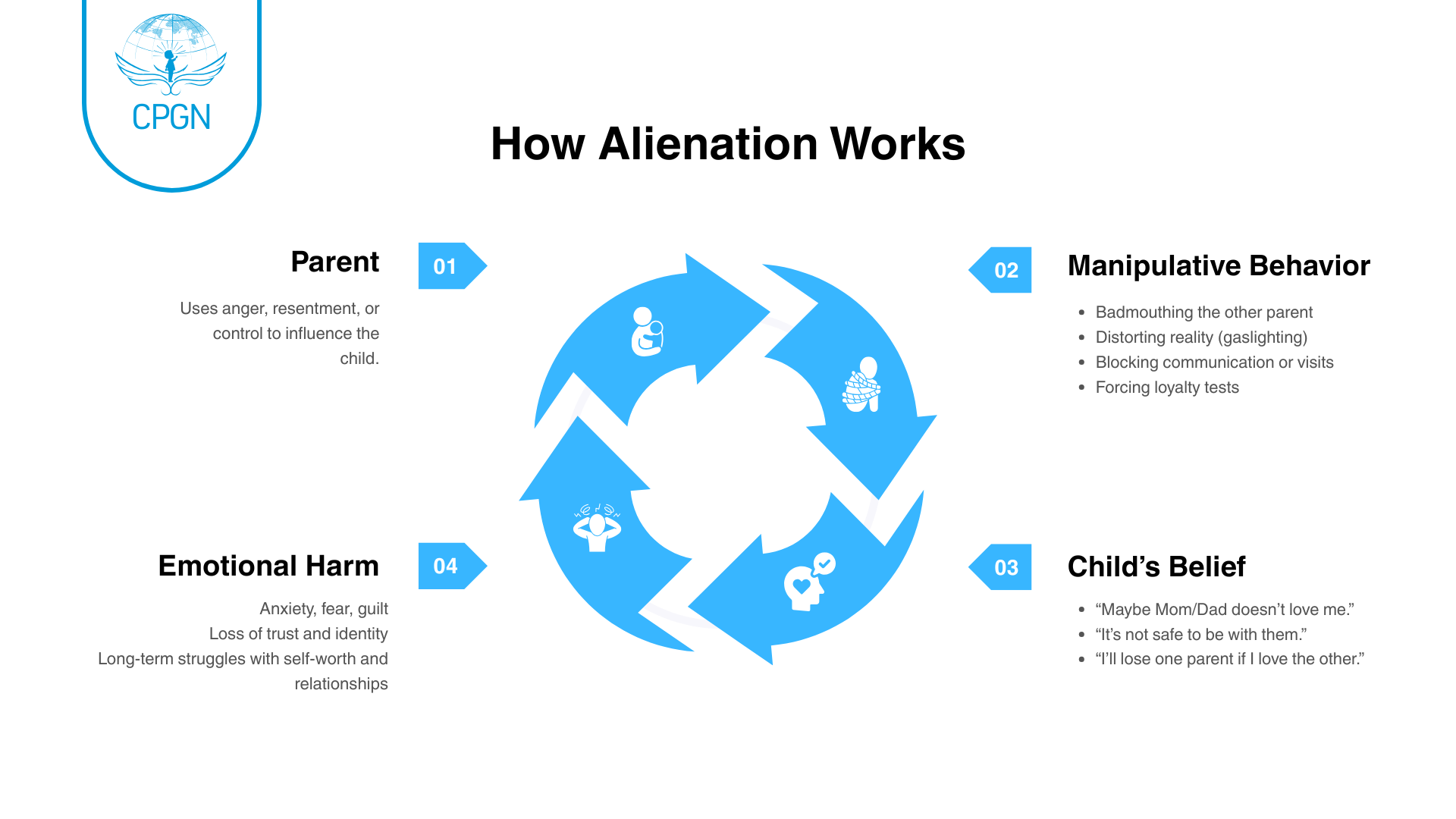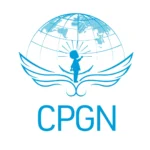Parental Alienation: The Overlooked Form of Child Abuse

Imagine reaching for your child’s hand and feeling them pull away, not because of anything you did, but because someone convinced them you don’t deserve love.
This heartbreaking scenario describes parental alienation, defined by the American Psychological Association as “a child’s experience of being manipulated by one parent to turn against the other and resist contact with them.”
Parental alienation can occur during divorce or separation when one parent, intentionally or not, damages the relationship between the child and the other parent.
While many people see it as a custody dispute, parental alienation is far more serious. It is a subtle but devastating form of emotional abuse, leaving deep psychological scars on children and families alike.
Why Parental Alienation Is Abuse

Parental alienation isn’t just family conflict. It’s a pattern of psychological manipulation that steals a child’s sense of safety and love.
Research shows that children exposed to alienating behaviors often experience long-term mental-health problems. A 2022 peer-reviewed study found that adults who were alienated as children reported high rates of anxiety disorders, trauma reactions, addiction, and even suicidal thoughts.
Emotional abuse like this is strongly linked to depression, post-traumatic stress, and relationship difficulties later in life.
Globally, the stakes are high. According to the World Health Organization, one in seven adolescents experiences a mental disorder, and suicide is among the leading causes of death for young people. When parental alienation is ignored, it silently feeds into this larger mental-health crisis.
Common alienating behaviors include:
- Badmouthing: Constantly criticizing or belittling the other parent.
- Gaslighting: Distorting memories or inventing false events.
- Blocking contact: Interrupting calls, texts, or visits.
- Loyalty tests: Pressuring a child to “choose sides.”
“Parental alienation rewrites a child’s memory and relationship with a parent—when deliberate, it is a form of psychological abuse that can cause lifelong damage.”
-Family psychologist, Richard Warshak
These tactics erode trust and convince a child that loving both parents is impossible.
The Child’s Perspective
Children caught in parental alienation are often confused and conflicted. They may feel pressure to choose sides or believe untrue stories about one parent.
A family law attorney in a YouTube video described it well:
“When elephants fight, it’s the grass that suffers. Children are forced to navigate confusing and harmful emotions, often feeling guilty for maintaining a relationship with both parents.”
Children often show sudden hostility toward the targeted parent, repeat rehearsed criticisms, or develop unjustified fears. They may refuse visits or communication without a clear reason, echoing language that sounds scripted.
These are not ordinary childhood disagreements. They are warning signs that a child’s natural bond with a parent is being deliberately fractured.
How Common Is the Problem?
Despite the clear evidence of harm, parental alienation is often misunderstood or minimized in legal systems around the world.
Surveys estimate that over 22 million U.S. adults report being targets of parental alienation, with about 10 million describing severe alienation. Yet many courts still treat these cases as simple parental conflict rather than child abuse.
Legal and Systemic Gaps
Despite the harm, many legal systems treat parental alienation as a private custody dispute.
Recognition varies from one region to another, and professionals often lack training to detect alienating behaviors or to distinguish them from genuine safety concerns.
By the time courts act, months or even years may pass, leaving parent-child relationships deeply damaged.
Practical Steps for Parents
Parents facing alienation cannot control an ex-partner’s actions, but they can protect the bond with their child.
Stay present and consistent.
Continue to call, text, or write even if responses are brief or absent.
A steady presence demonstrates love and reliability.Model respect.
Avoid criticizing the other parent. Children watch how you handle conflict; calm and respectful behavior counteracts negative messages.Create a safe emotional space.
Encourage your child to share feelings without fear of judgment.
Gently correct misinformation but stay patient and avoid defensiveness.Seek professional support.
A therapist experienced in high-conflict divorce can guide both parent and child.
In severe cases, legal advice may be necessary to request court-ordered measures that protect visitation or shared custody.
Practical Steps for Parents
Preventing and addressing parental alienation requires action beyond individual families.
- Training and awareness: Judges, attorneys, educators, and mental-health professionals need specialized training to recognize alienation early.
- Policy reform: Governments can adopt clear standards that classify severe alienation as emotional abuse and establish procedures for early intervention.
- Community engagement: Schools, pediatricians, and local organizations can help educate families about the signs of alienation and provide referral pathways for support.
Raising public awareness reduces stigma, encourages timely reporting, and ensures that children receive the protection they deserve.
Why Society Must Care
Parental alienation is not only a family tragedy; it is a public-health concern.
Children who lose a parent’s presence because of alienation face higher risks of mental illness, substance misuse, and difficulty forming healthy adult relationships.
These outcomes carry social and economic costs for years to come.
CPGN’s Role in Protecting Children from Abuse

At CPGN, we believe no child should suffer in silence. As a dedicated child-protection and welfare organization, we work tirelessly to identify, prevent, and respond to all forms of child abuse including emotional abuse such as parental alienation.
Our programs provide:
- Trauma-informed care to help children heal emotionally and mentally.
- Community awareness campaigns to educate caregivers and the public about the signs of alienation and other abuse.
- Parental education and training to promote healthy communication and positive discipline.
- Safe reporting mechanisms so children and families can seek help without fear.
Emotional abuse may be invisible, but with the right support, healing is possible.
Help Us Break the Cycle of Abuse — Donate Today
Every child deserves love, safety, and a future free from fear.
Your donation to CPGN funds counseling, emergency support, legal advocacy, and community outreach programs that protect children from all forms of abuse and neglect.
Even a small contribution makes a big difference.
Together, we can break the silence, heal invisible wounds, and ensure no child is left behind.
Donate Now and become a voice for children who cannot speak for themselves.
Key Takeaway
Parental alienation may begin with a subtle comment or a blocked call, but its impact can last a lifetime.
By acknowledging it as emotional abuse and working together—parents, professionals, and communities, we can safeguard children’s right to love and be loved by both parents whenever it is safe.
Every consistent phone call, every trained professional, and every donor who supports this mission brings us closer to ending this hidden form of child abuse.
Sources for Further Reading
- Verhaar S., Matthewson M.L., Bentley C. (2022). The Impact of Parental Alienating Behaviours on the Mental Health of Adults Alienated in Childhood.
- World Health Organization. Adolescent Mental Health facts.
- Harman J.J. et al. (2019). Parental Alienation Prevalence Surveys.
- Richard A. Warshak. Divorce Poison.
- PA-UK. Quotes from Family Members Impacted by Parental Alienation.
FAQS
Parental alienation is defined as "a child’s experience of being manipulated by one parent to turn against the other and resist contact with them." It is a subtle but devastating form of emotional abuse and a pattern of psychological manipulation that damages the child's relationship with the targeted parent.
It is considered a pattern of psychological manipulation involving tactics that erode trust and convince a child that loving both parents is impossible. It is an overlooked form of child abuse that can cause lifelong damage.
The four "A" concepts often used to describe the alienator's process are: 1. Alienate (the active manipulation), 2. Affection (giving conditional affection based on compliance), 3. Anxiety (creating fear or anxiety about the targeted parent), and 4. Abandonment (falsely claiming the targeted parent is abandoning the child).
While the article doesn't list them, in common clinical practice, the 5 elements of alienation often refer to the psychological criteria necessary for a diagnosis: 1. Alienating behavior by one parent. 2. Child's resistance/hostility to the other parent. 3. Absence of abuse/neglect by the targeted parent. 4. Presence of the eight manifestations (see below). 5. Alienation being proportional to the alienating behaviors.
These are the set of specific, observable behaviors often exhibited by an alienated child (based on the original Parental Alienation Syndrome framework): 1. Campaign of denigration (constant criticism). 2. Weak, frivolous, or absurd rationalizations for their hatred. 3. Lack of ambivalence (sees one parent as all good, the other as all bad). 4. The "independent thinker" phenomenon (claims the decision to reject the parent is entirely their own). 5. Reflexive support of the alienating parent in the conflict. 6. Absence of guilt about the cruelty toward the targeted parent. 7. Borrowed scenarios (using the alienating parent's words or phrases). 8. Spread of animosity to the extended family of the targeted parent.
The common alienating behaviors and the child's reaction as signs: Common Behaviors: 1. Badmouthing (criticizing the other parent). 2. Gaslighting (distorting memories). 3. Blocking contact (interrupting visits). 4. Loyalty tests (pressuring a child to "choose sides"). Child's Behavior: 1. Sudden hostility toward the targeted parent. 2. Repeating rehearsed criticisms. 3. Developing unjustified fears. 4. Refusing contact while echoing scripted language.
You identify it by recognizing the pattern of psychological manipulation and the warning signs in the child's behavior, such as sudden hostility, repeated rehearsed criticisms, and unjustified fears that indicate their natural bond with a parent is being deliberately fractured. It's essential to look for the pattern, not just isolated conflicts.
Proof involves documented evidence of the pattern of alienating behaviors (Badmouthing, Blocking Contact, Loyalty Tests, etc.) by one parent, combined with documented evidence of the child's resulting behaviors (Scripted Refusal, Lack of Ambivalence, Unjustified Hostility) which cannot be logically explained by any genuine misconduct or abuse from the targeted parent.
A child being coached will often repeat criticisms or language that sounds scripted or "rehearsed." They may use sophisticated vocabulary or concepts beyond their developmental age, or provide an overly detailed, yet repetitive, explanation for their hostility toward the targeted parent.
An alienated child may appear confused and conflicted beneath the surface of their hostility. They often show sudden, severe, and unjustified rejection of one parent, may be pressured to choose sides, and their hostility may be accompanied by unjustified fears. Their criticisms often sound rehearsed or scripted.
Yes, as it is a devastating form of emotional abuse that causes long-term mental-health problems and lifelong damage. Fighting it is necessary to safeguard the child's right to love and be loved by both parents.
There is gap in the legal system, stating that "many courts still treat these cases as simple parental conflict rather than child abuse." Recognition varies, and professionals often lack specialized training to detect it. The call for policy reform and specialized training indicates that judicial understanding is often inconsistent or minimized.
By multi-pronged approach: 1. Stay present and consistent (maintain contact). 2. Model respect (avoid criticizing the ex-partner). 3. Create a safe emotional space for the child. 4. Seek professional support (therapist experienced in high-conflict divorce). 5. Seek legal advice for court-ordered measures to protect visitation. 6. Advocate for systemic change (training for professionals and policy reform).
The core approach is to protect the bond with your child by: Staying present and consistent to demonstrate love and reliability. Modeling respect to counteract negative messages. Creating a safe emotional space where the child can share feelings without fear of judgment. Gently correcting misinformation while remaining patient and non-defensive.
Our goal is to ensure the safety and protection of every child until it is achieved. Our goal is to support communities in protecting the future of children and promoting their welfare.
Quick Links

Our goal is to ensure the safety and protection of every child until it is achieved. Our goal is to support communities in protecting the future of children and promoting their welfare.
Quick Links
Copyright © 2025 CPGN. All rights reserved by Majnate LLP | Privacy Policy | Terms and Conditions
